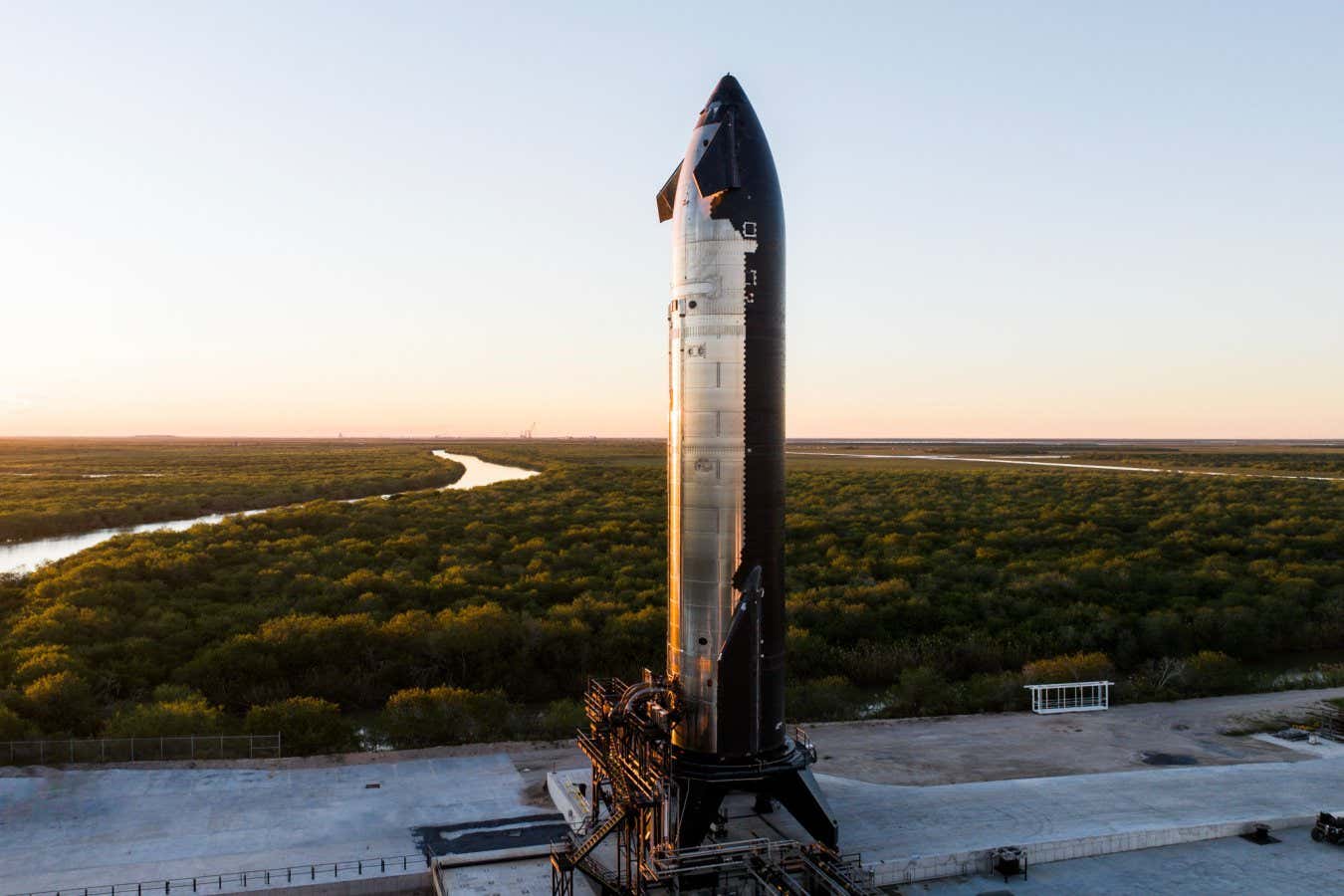
The Sun’s magnetic field once helped clump cosmic gas and dust together to birth planets and asteroids in the outer solar system, according to new research. Though astronomers have studied the field’s ability to coalesce matter close to the Sun, our understanding of its strength becomes hazy past somewhere between Jupiter and Saturn.
To investigate the magnetic field’s role in more remote regions, researchers examined the remnant magnetic properties of three ancient meteorites and particles from an asteroid, hoping to uncover a leftover magnetic signature from their formation.
“It’s a little bit crazy that we were holding stuff that’s billions of years old.”
“It’s a little bit crazy that we were holding stuff that’s billions of years old,” said planetary scientist Elias Mansbach, formerly a postdoctoral scholar at the Massachusetts Institute of Technology, lead author of the study. “But those samples actually retain some of the magnetic field’s imprints from the early solar system.”
Mansbach and his colleagues discovered faint traces of that imprint on the samples, which have been traveling through the solar system since its inception. The results indicated that the ancient magnetic field’s power for herding matter could have spanned all the way to Neptune. The team published their results last month in AGU Advances and will present them on 12 December at AGU’s Annual Meeting 2024 in Washington, D.C.
Samples from the Distant Past
A special set of supplies is required to rewind time to the solar system’s formation. One of the samples the team analyzed came from asteroid Ryugu, a primitive carbon-rich boulder. The Japanese mission Hayabusa2 collected samples from Ryugu and returned them to Earth in 2020.
Ryugu currently orbits the Sun not far from Earth’s orbit, but geochemical analyses of returned samples suggest that its parent body formed in the outer solar system.
The team’s three other samples fell to Earth from space: the Tagish Lake meteorite, collected from the frozen surface of a lake in British Columbia in 2000; the Wisconsin Range meteorite, found in Antarctica in 1991; and the Tarda meteorite, which fell in Morocco in 2020. Their infrared spectra are similar to those of D-type asteroids, a group thought to have originated in the outer reaches of the solar system. The meteorites also have high abundances of interstellar grains, another feature of outer solar system objects. Each of these fragile, dark remnants is about 4.5 billion years old, aligning with the best estimates for the solar system’s origin, and their chemistry reveals that they haven’t changed much since they formed.
Mansbach, now a postdoctoral researcher at the University of Cambridge, and his colleagues sifted out preserved clues from this critical epoch using a laboratory process called demagnetization. By sweeping magnetic fields of increasing strength back and forth across the samples, researchers effectively reset the samples’ magnetic properties—much like erasing a tape recording by applying an alternating magnetic field. A sample with a strong imprint from the ancient solar system is more stubborn to erase, whereas a weaker magnetic field resets more easily.
Primarily on the basis of the Wisconsin Range sample, the team found that the early solar system’s magnetic field had a strength of roughly 5 microteslas—about the strength of the magnetic field produced by a household appliance such as a blender or hair dryer.
Initially, Mansbach was disappointed to unveil these faint traces. However, he and his colleagues think even a relatively weak magnetic field could still provide ample momentum for matter to coalesce into larger bodies through the physical clumping process called accretion.
“We’d expect the field strength to decrease as we get farther away from the Sun,” Mansbach said. “Not only do these results fit well within what we’d expect to see based on [measurements taken from] the inner solar system, but they’re also strong enough to drive accretion at similar rates.”
Digging Up More Details
As researchers continue untangling the earliest timeline of our solar system, these results underscore the importance of sample return missions like Hayabusa2.
“This work is an argument for more sample return missions.”
“We need to look at more samples, and this work is an argument for more sample return missions,” said Cauê Borlina, a planetary scientist at Purdue University in West Lafayette, Ind., who was not involved in the research. Mansbach agreed. Like Ryugu, other objects that are now close to Earth may have begun their journeys in far-flung regions, offering more insight on the magnetic fingerprint left behind by the infant solar system.
Borlina is also interested to see how future studies will delve deeper into the question of when the samples received their magnetic stamps, a research gap the team hopes to fill. With a more detailed model for the timing of each sample’s evolution, ongoing research might paint a far more vivid picture of the solar system’s earliest moments.
—Jenna Ahart (@jennaahart.bsky.social), Science Writer









Leave a Comment